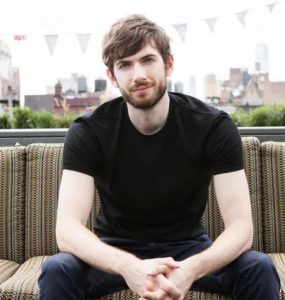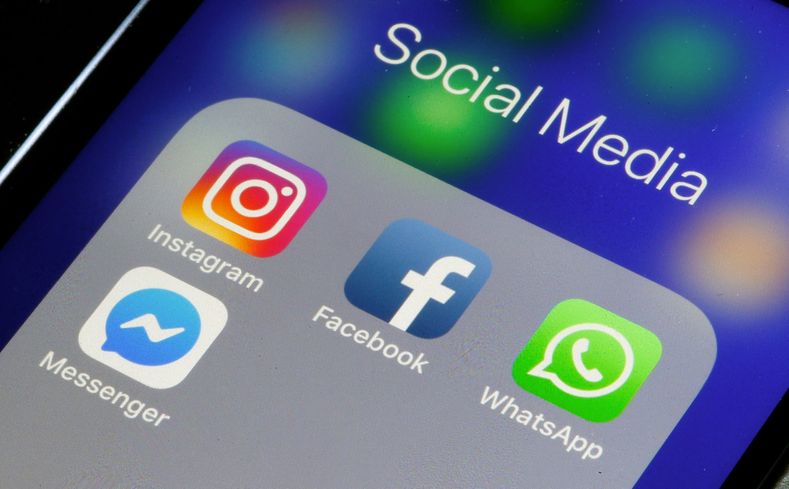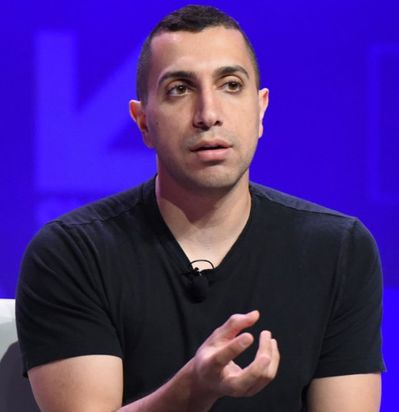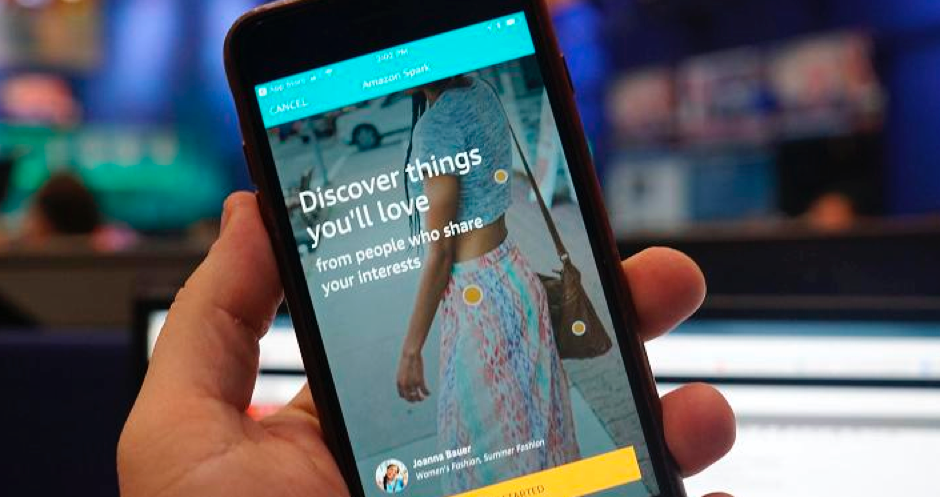Elon Musk Confirms Acquisition Of Twitter For $44 Billion.
Elon Musk, a billionaire, has taken control of Twitter in one of the biggest tech deals in history. Elon Musk will pay approximately $44 billion for the social network, with shares valued at $54.20. On April 14, Musk announced his takeover bid, calling it his ‘best and final offer.’
Free Speech
“Free speech is the foundation of a functioning democracy, and Twitter is the digital town square where important issues affecting humanity’s future are discussed.” I also want to make Twitter better than it has ever been by adding new features, opening up the algorithms to increase trust, defeating spambots, and authenticating all humans. “I look forward to working with the company and the community of users to unlock Twitter’s tremendous potential,” Elon Musk said in a press statement posted to his Twitter account.
On the platform, he has been a staunch supporter of ‘free speech.’ “I invested in Twitter because I believe in its potential to be the platform for free speech around the globe, and I believe free speech is a societal imperative for a functioning democracy,” Musk wrote in a filing to the US Securities and Exchange Commission. “Twitter has extraordinary potential,” he wrote in the filing.
“I hope that even my harshest critics remain on Twitter because that is what free speech means,” Musk said earlier today on Twitter. It’s also worth noting that Musk sent out a rather obnoxious tweet about Microsoft co-founder Bill Gates on Saturday, ostensibly in response to Gates shorting Tesla. More than a million people have liked the tweet. He then joked that his tweet was being reviewed by the ‘shadowban council.’

New Ownership
According to Twitter, the publicly-traded company will now become a private company owned by Musk, who negotiated a $54.20 per-share purchase price.
“Twitter serves a purpose and is relevant to the entire world. We are immensely proud of our teams and inspired by work that has never been more critical, “Parag Agrawal, the company’s CEO, said in a tweet.
Musk secured $46.5 billion in financing last week to complete the deal, and Dan Ives, an analyst at Wedbush Securities, predicted earlier in the day that the board would likely accept his offer because no other buyer could be found.
In an interview with CNBC, he said, “This basically put (their) back against the wall, and they had to come to the negotiation table.” Around 1915 GMT, Twitter stock was trading 5.9% higher on Wall Street.
Poison Pill Strategy
While the board initially stated that it was considering Musk’s offer, it later rejected him and implemented a “poison pill” strategy that would have made it more difficult for Musk to gain control of the company.
Musk, whose immense wealth stems from the popularity of Tesla electric vehicles as well as other ventures, announced last week that he had secured funding.
Despite Musk’s wealth, the issue of financing had been viewed as a potential stumbling block because a large portion of his holdings is in Tesla stock rather than cash.
Musk claimed in a filing that the deal was made possible by a $13 billion debt facility from a financing consortium led by Morgan Stanley, a separate $12.5 billion margin loan from the same bank, and $21 billion from his own assets.
Musk’s efforts have sparked optimism about Twitter’s commercial potential, which has struggled to achieve profitable growth despite its cultural and political clout.
New Features
Twitter has made progress on new monetization features, such as subscription products, under Agrawal, who took over as CEO late last year. “Short term, Musk’s involvement at this stage runs the risk of disrupting those efforts,” Truist Securities said in a note.
However, the campaign of the polarising Tesla CEO has alarmed technology and free-speech experts, who point to Musk’s erratic statements and history of bullying critics, which contradict his stated goals.
According to the progressive group Media Matters for America, Trump could return to Twitter if Musk’s acquisition goes through, according to the progressive group Media Matters for America.
In a statement, the group’s president Angelo Carusone said, “Any negotiations to sell Twitter to Musk must include clear enforceable mechanisms to uphold and maintain existing community standards, including the removal of those who violate those standards.”











